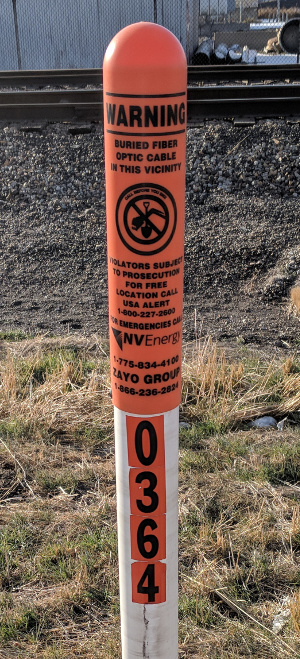Overview
To start an Wireless MicroPoP you will need a connection to the Internet. In most cases the best way to do this is to buy or lease a fibre connection from an licensed Telecommunications (Telco) provider.
Fibre is commonly installed in areas with extra unused capacity by private companies and public utilities . All fibre is installed with expansion for the future needs so it should not be hard to find viable connection points
In many instances the capacity left unused could be due to the expense of last mile installation to a customer’s home and the lack of the financial viability to a limited number of dispersed subscribers . This is where the idea of a wireless back haul connected to MicroPops can a address the gap in the market
Sometimes you will purchase fibre from the same company that is competing with for residential customers. This may seem strange at first but in practice isn’t much of a issue. These vendors may be wholesale Internet providers happy for you to expand their retail coverage .
Ideally you will be able to find a fiber connection that is:
- Reasonably priced
- Already built in to a building (so you don’t have to pay to dig up the streets and run new fibre)
- Close enough to your customer base to make a decent point to point back haul relay site
If you are building a MicroPoP network in a regional location you might start your search at the office buildings near the edge of the area. Often these buildings already have fibre available and they may be willing lease roof space to you for your relay equipment.
There are usually other regional providers as well that will be specific to your area, so you may need to do some searching. These companies usually won’t give you a map of where they have service, but sometimes they will take a list of addresses and then tell you which ones are currently connected and available. Make a list of buildings that you think would work for your needs and get the addresses and then start calling around to fibre providers.
You can also physically go to the area where you’re looking for fibre and look for fibre enclosures and hardware in the ground or on the exterior of buildings. Sometimes you’ll see boxes helpfully labelled as fiber infrastructure with the name of the company.

How much Bandwidth do I need
You probably need less than you think. A 1Gbps fiber connection will initially serve your customers, regardless of the speed plans you offer. Interestingly, customers don’t tend to use more data in total with higher speed packages. The average usage on the fibre connection ends up being about the same regardless of what speed plans you offer.
Say you have 500 customers on a certain fibre connection. If that connection had unlimited bandwidth how much would the customers use in aggregate at the peak, and for how many minutes out of the day would they use more than 1Gbps? Even with a very tech-forward customer base 500 customers will only rarely spike above 900 Mbps (0.9Gbps). That means that even at peak times a customer could still come on and run a speed test and get 100Mbps.
In general, it is recommended starting with a 1Gbps fibre for nearly all applications. Then just watch the usage and make sure to upgrade when you see it start to hit it’s capacity on a regular basis.
Negotiate a Lease
Once you have found a building that you think has a fiber connection, try to contact the property manager and negotiate a lease to put your equipment there.
Order the fibre connection as early as possible as it will take longer than you expect to be connected.
Get things it in writing These contracts will be very valuable to you and make sure they are enforceable.
Get as long of terms as you can and make sure you have time to move your customers if the contract is cancelled. Consider that you could end up with many customers attached to the site and if the contract is cancelled it could easily take months or even more to get all of them moved to a new site.